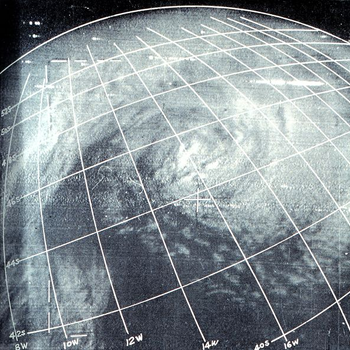So the Maclaurin Series for #tan^-1(x)# can be found by plugging in 0 at it, and all its derivatives. But we can generalize the term too.
So let's begin:
#f(x)=tan^-1(x)#
#f(0)=0#
#f'(x)=d/dxtan^-1(x)#
#f'(x)=1/(1+x^2)#
#f'(0)=1#
#f''(x)=d/dx^2(tan^-1(x))#
#f''(x)=(-2x)/(1+x^2)^2#
#f''(0)=0#
Continuing this over the course of several values reveals the pattern (from the 0th derivative):
0, 1, 0, -2, 0, 24, 0, -720 ...
So let's generalize this. It's an alternating series, so we can say it's going to have #(-1)^n# in it. We also have the fact the #x# value only returns something for the odd powers of #x#, so this sum will also have #x^(2n+1)# . And just because I happen to know what the pattern is, it's all divided by #2n+1#.
So our final series is:
#sum_(n=0)^(oo)((-1)^nx^(2n+1))/(2n+1)#

